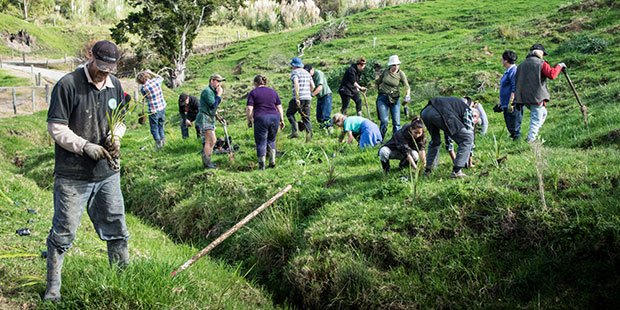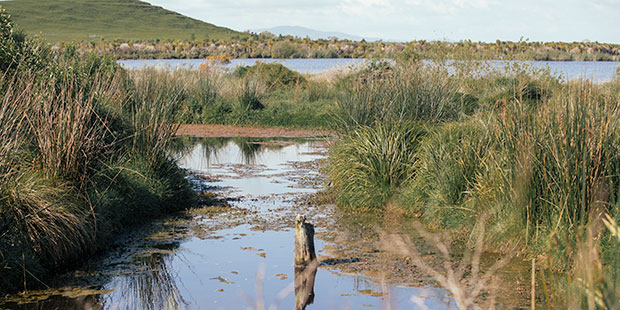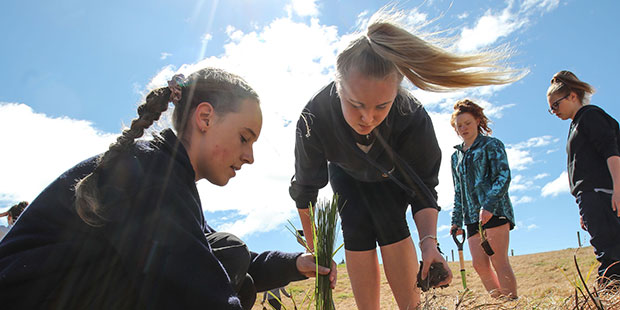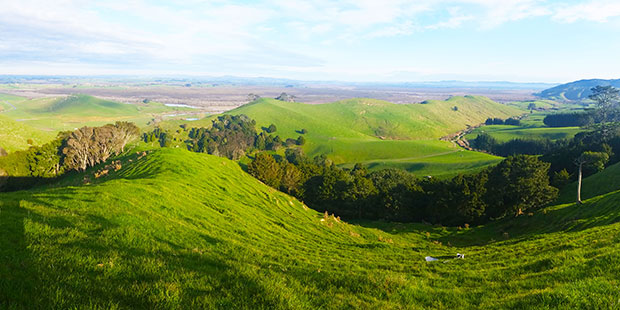Peat lakes heading for firmer future
Community-based partnerships are breathing life into three Waikato lakes


The power of positive engagement is one of the key outcomes from restoration and enhancement work around three of Waikato’s peat lakes – Ruatuna, Areare and Rotomanuka.
Those three are a focus of Living Water – a 2013-2023 partnership between Fonterra and the Department of Conservation – which is striving not just to improve and protect but to leave behind an ethos of environmental guardianship.
So far, that engagement has drawn other entities into the project – adjacent landowners, the local iwi, the Department of Corrections and the local Ohaupo community.
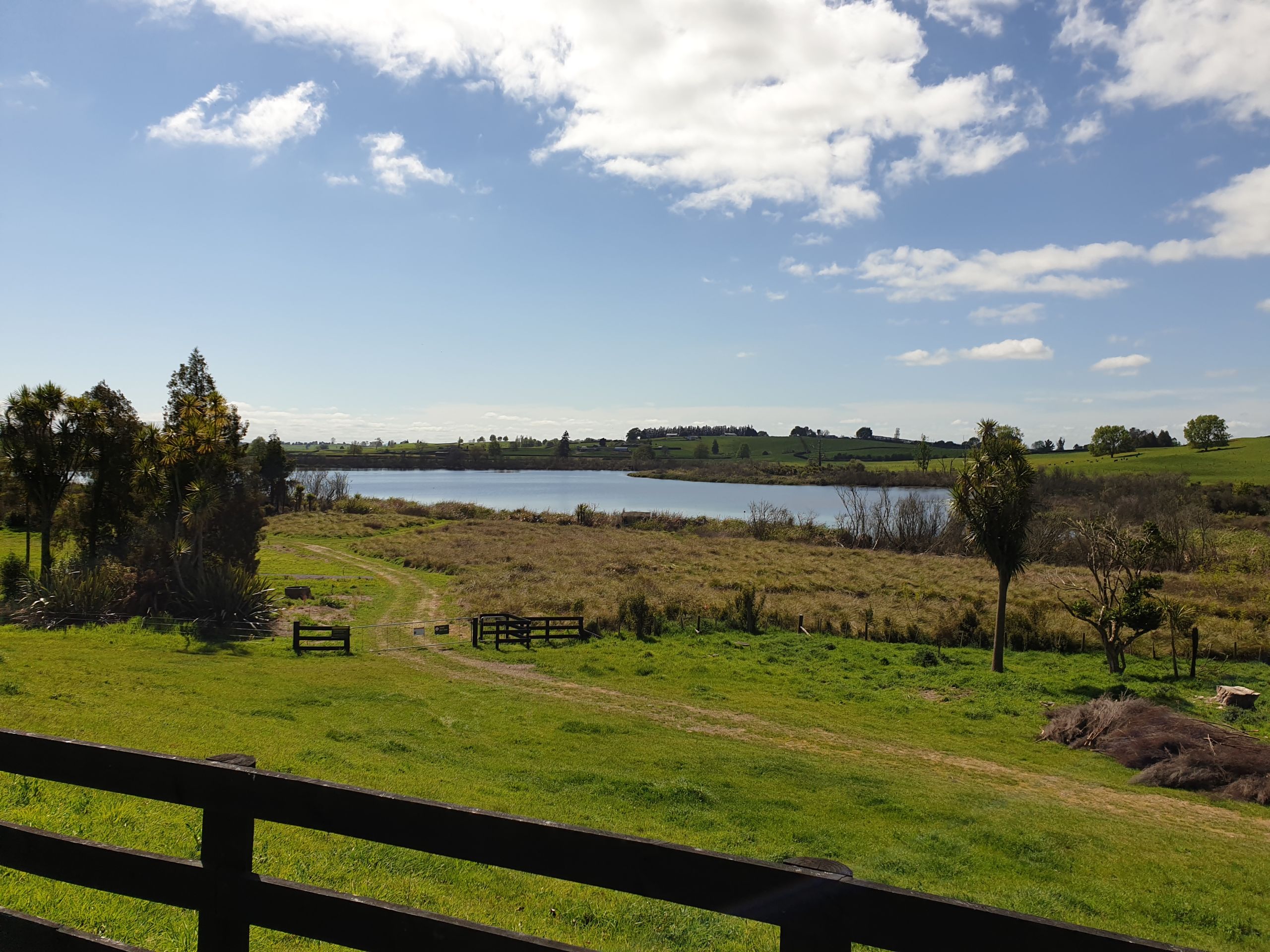
Photo / Supplied.
Photo / Supplied.
Living Water’s work encompasses many other projects as well – all with the aim of finding game-changing and scalable solutions to enable farming, freshwater and healthy ecosystems to thrive side by side. They work with farmers, scientists, councils, mana whenua and communities to design and test solutions, and then develop a plan to implement regionally and nationally.
Waikato’s 31 peat lakes are classified as ‘acutely threatened’ and are important historically, culturally and environmentally. Peat lakes are a rare ecosystem where peat forms from the build-up of partially rotted plant material in wet environment over tens of thousands of years. They tend to be shallow and important areas for wildlife – and are part of the 10 per cent of natural wetlands left after 90 per cent disappeared from New Zealand during settlement and development of land.
Living Water is focused on improving water quality of the three lakes (owned by the Crown and managed by DoC) to help mudfish, bittern, fern birds, dab chicks and long-finned eel return and enhance recreational use.
But, even after seven years, this is no easy task. The three lakes have elevated levels of nutrients, sediment and pathogens, and considerable nutrient stores within lake sediments – caused by the various productive land uses in the area and highly modified hydrology and drainage systems.
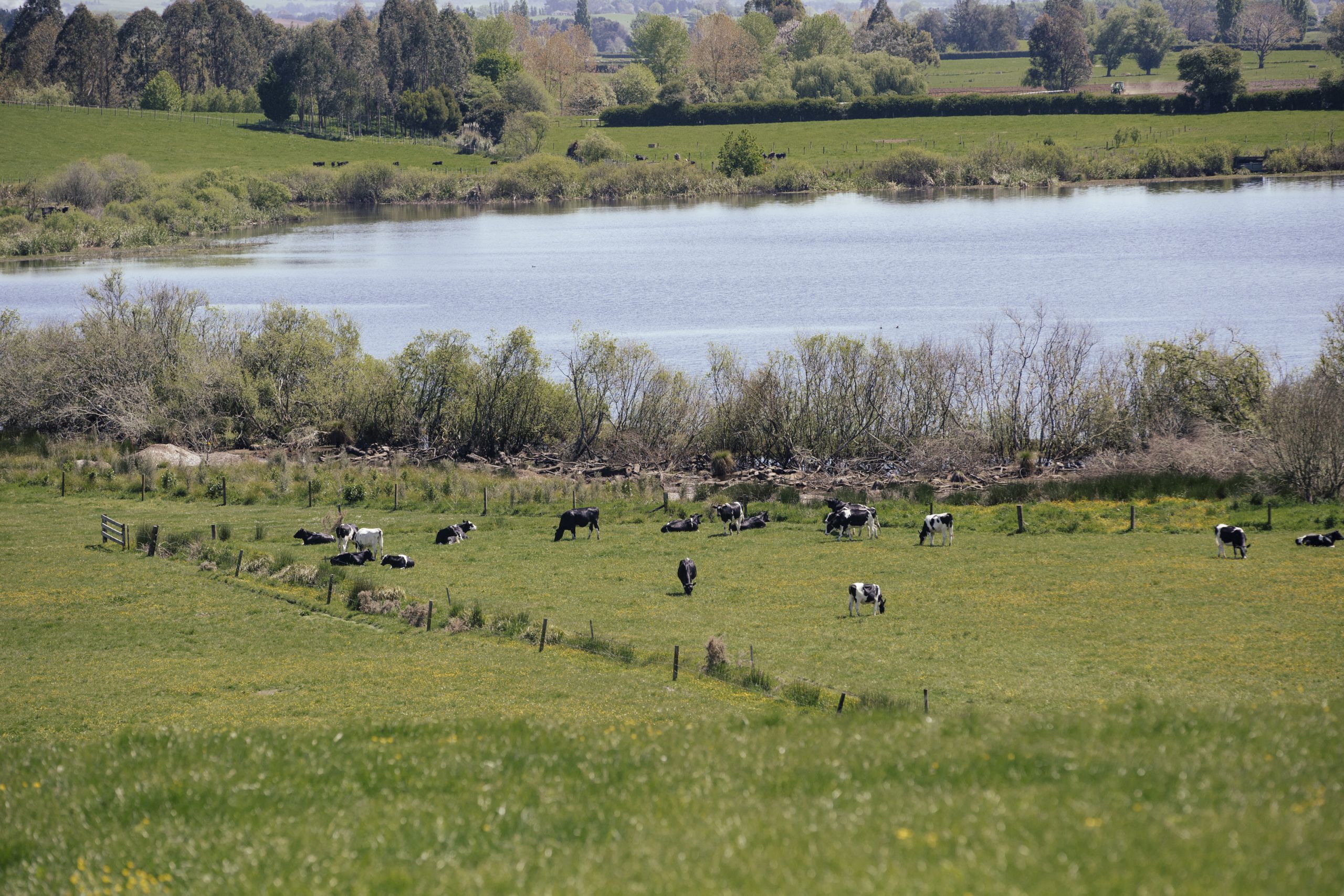
Photo / Supplied.
Photo / Supplied.
Enhancement of water quality is extremely difficult, requiring a range of remediation measures. Living Water’s focus is on restoring unique peat ecosystems, enhancing habitat around the lake margins, and transforming agricultural drains into healthy waterways.
Living Water Ranger Dion Patterson says much of the work around the three lakes has centred on pest and predator control, ridding the areas of harmful willows and weeds, establishing sediment traps to help clean the water and planting thousands of native trees – for shade and for their filtering ability.
Patterson says the lakes have only occasionally been measured as swimmable during Living Water’s efforts but says the strides that have been made are also measured in community involvement.
“We’ve had good buy-in from landowners – and the local Ohaupo community have got on board. We’ve put up signs around the area which welcome people to the peat lake district; they’ve really come to feel ownership of and interest in the lakes.”
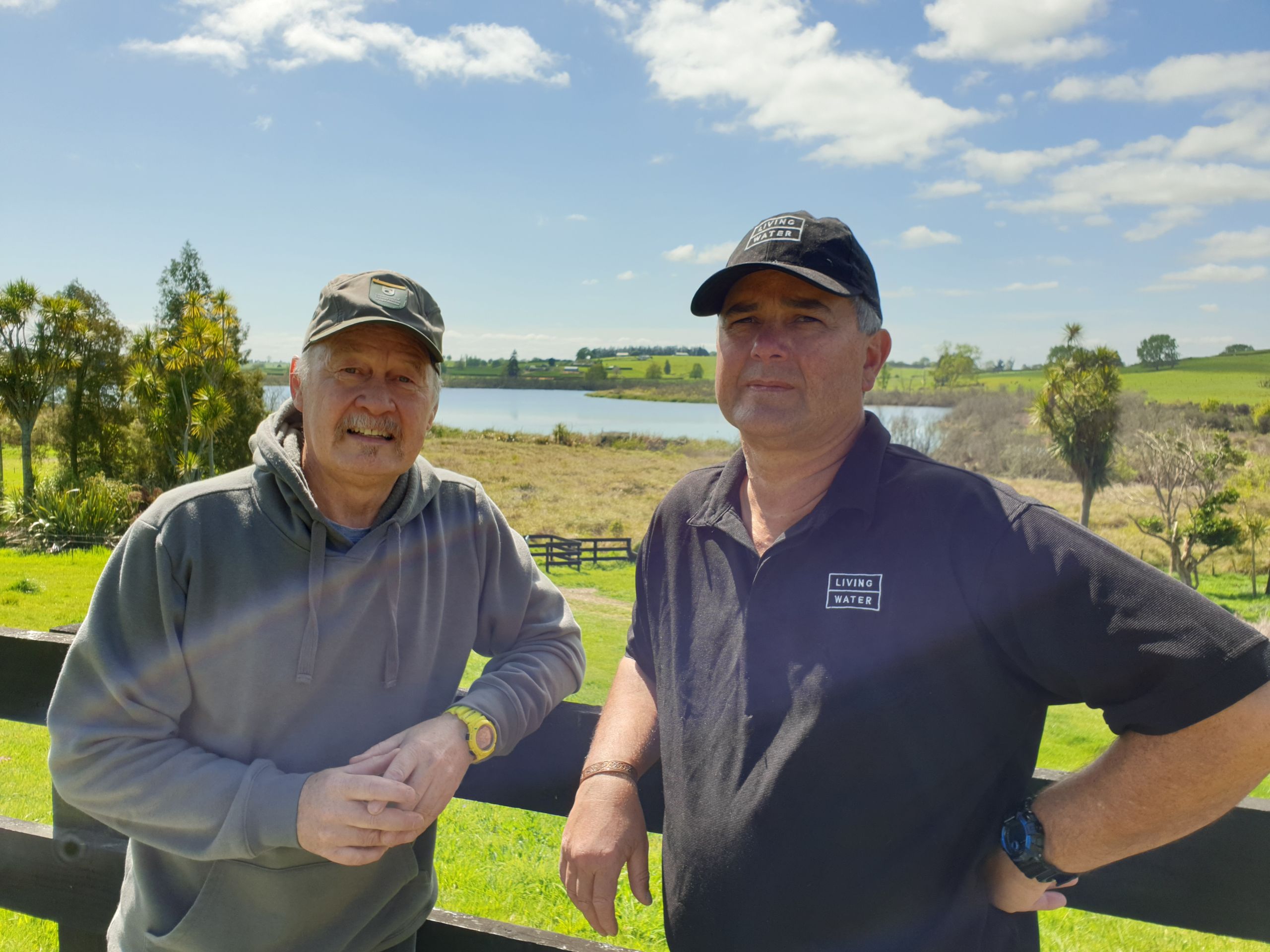
Wayne Green and Dion Patterson. Photo / Supplied.
Wayne Green and Dion Patterson. Photo / Supplied.
Another buy-in has been from the local Ngati Apukura iwi, something Patterson believes is among the most significant for the ongoing future of the lakes.
The iwi expressed an interest in establishing a flax plantation and growing rongoa (traditional Maori medicine) plants. That interest has sparked added efforts from another partnership whose work is helping the lakes – the Department of Corrections and the Good To Grow group, where people serving community-based sentences help with restoration, maintenance and enhancement work.
Lately, at Lake Ruatuna, the work teams have returned (after lockdown) and have done a huge amount of work to help establish the flax and the rongoa, says Wayne Green, a DoC partnership development advisor who liaises with Corrections and Good To Grow.
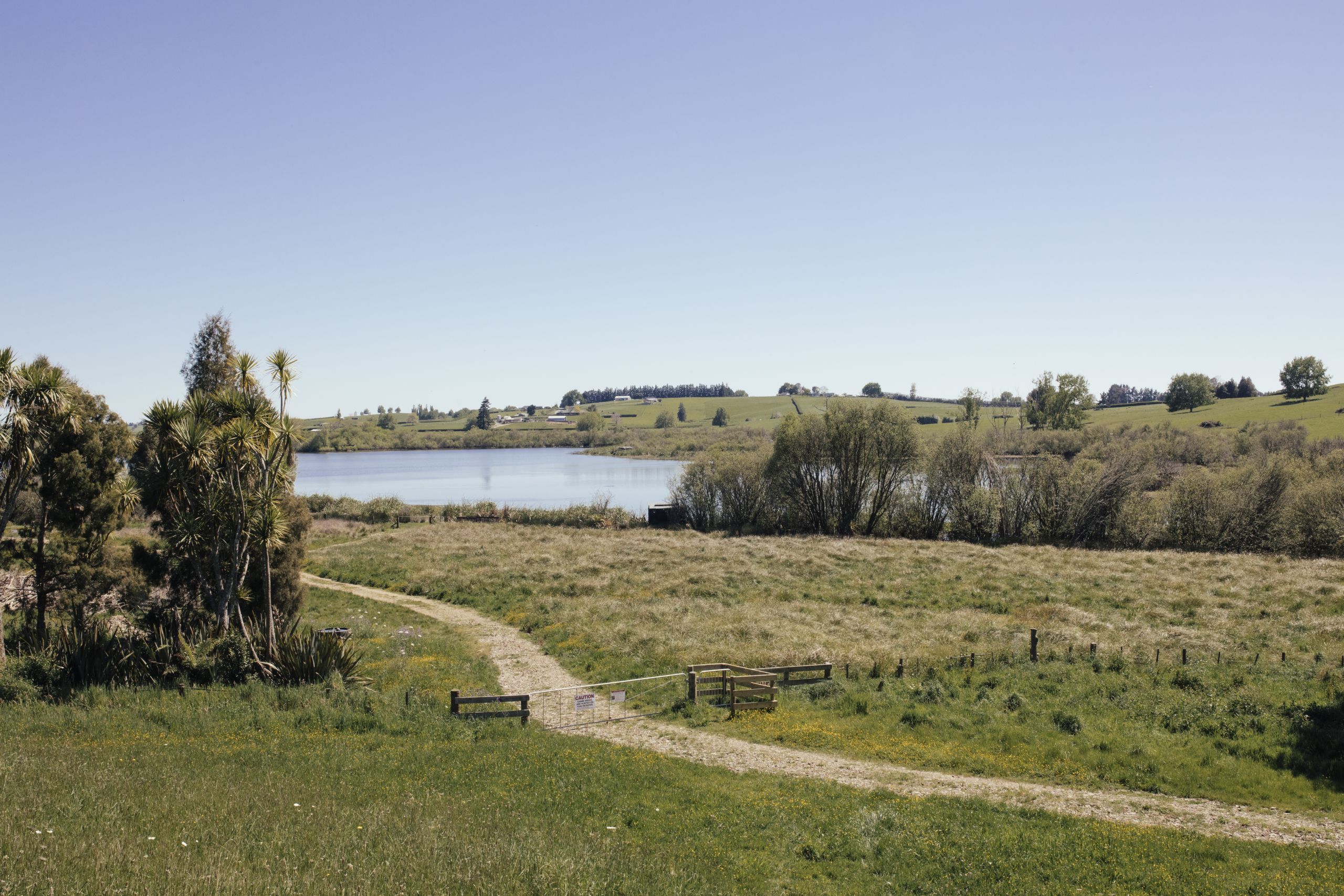
Photo / Supplied.
Photo / Supplied.
The workers are those sentenced to community work after offences like non-payment of fines, small drugs offences and drunk driving. Green says many are Maori and have taken shown real interest in the connection to the iwi: “One guy has put a marker next to a tree he has planted and he says he wants to come back in 20 years and see how it’s grown.
The teams have planted nearly 2000 native trees after grubbing out large strips of the pest plant privet and have shifted nearly 50 cubic metres of mulch around them to supress weed regrowth. They have started to build access ways for a proposed new pa harakeke (flax bush plantation) and rongoa (medicinal) garden along with a proposed building that could act as a wananga, classroom for schools and presentation centre.
While the proposed gardens and learning centre concept is being developed and costed, a large portion of 26 tonnes of track metal has been laid – “that’s a lot of hard, manual labour with wheelbarrows and shovels,” says Green.
Patterson says the Corrections teams have allowed work on Lake Ruatuna to be accelerated – and says it is the iwi focus on the lakes that could see the lake given a firm future with enhanced natural resources, even after the Living Waters partnership has ended.
“It’s an example of how that positive engagement works – so that the community at large gets involved and various stakeholders become entwined with the work and the lakes,” he says.
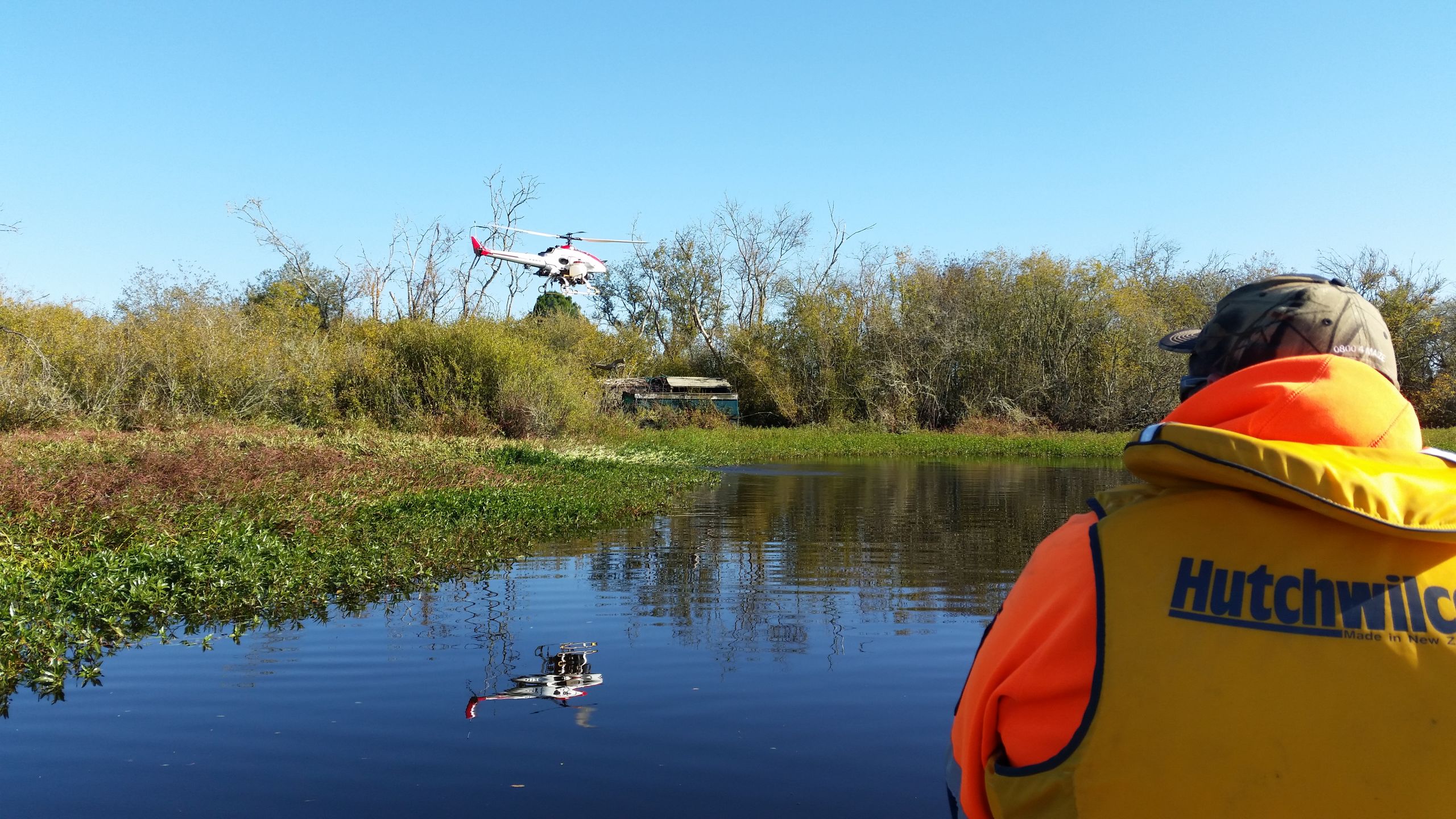
Weed control drone. Photo / Supplied.
Weed control drone. Photo / Supplied.
Other advances made by the Living Water partnership includes various tools Patterson says have helped a great deal in terms of efficiency and cost. That includes drones to spray willows and other pest plants and floating sediment traps which, he says, need more work and more scale before they can be proven to be beneficial but which seem to have good potential.



